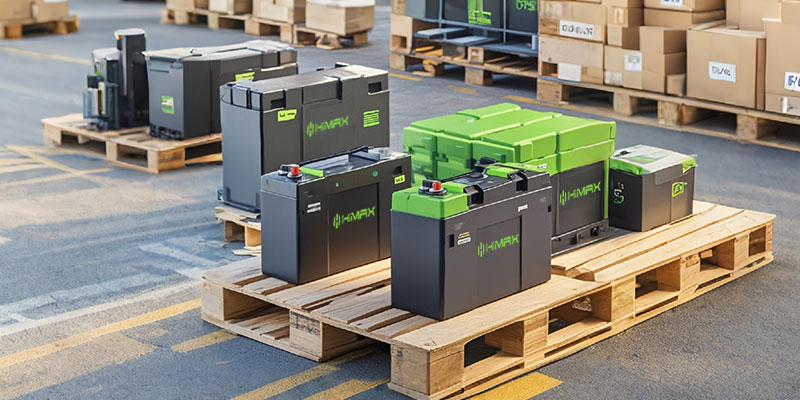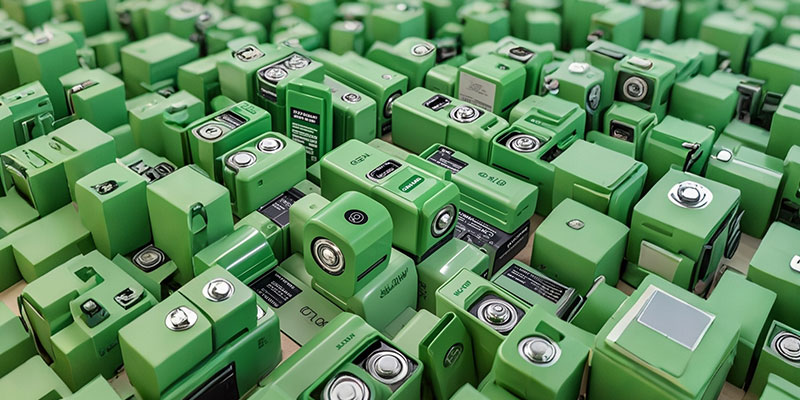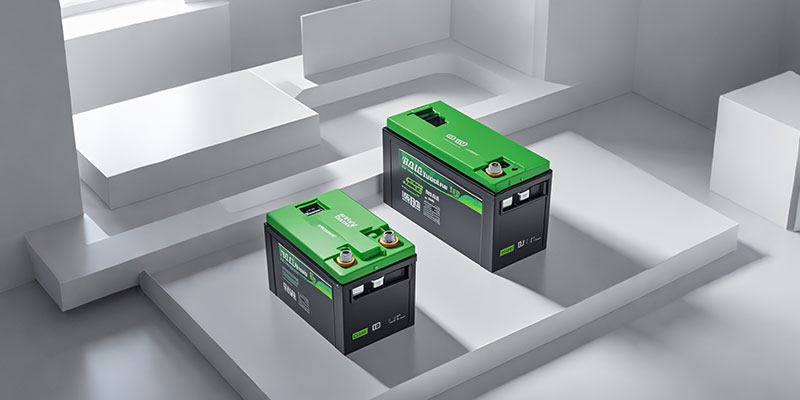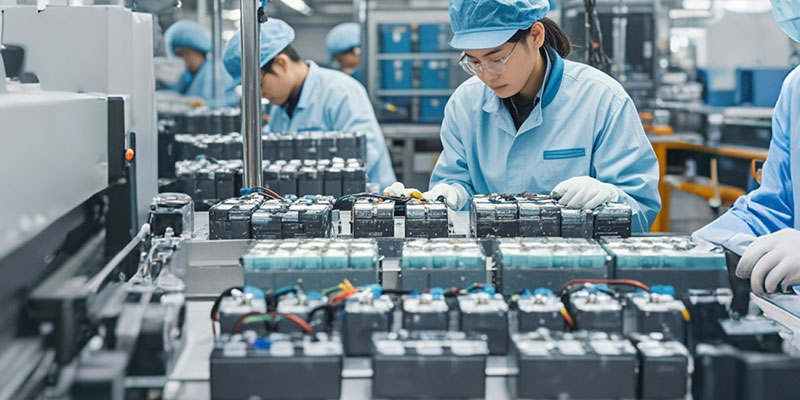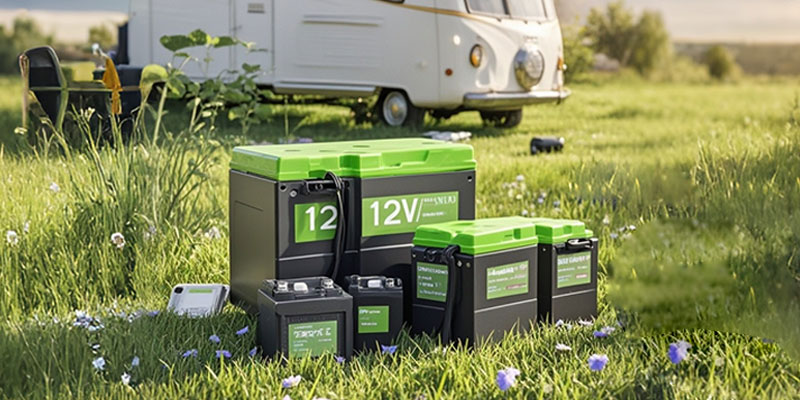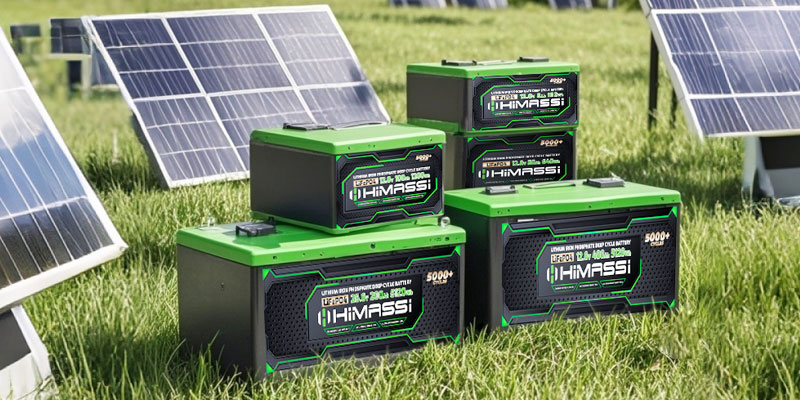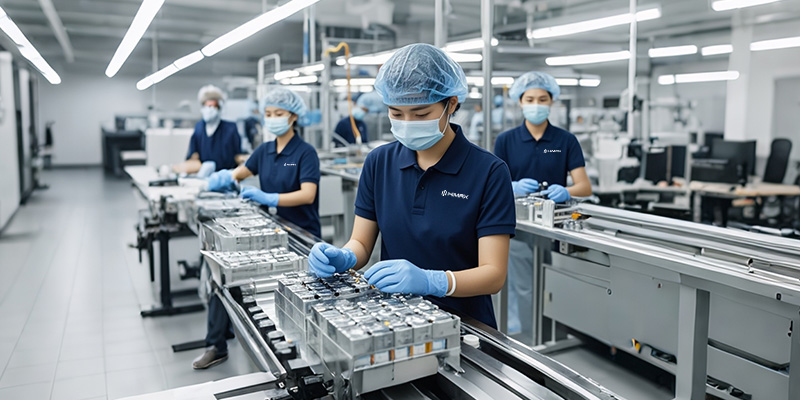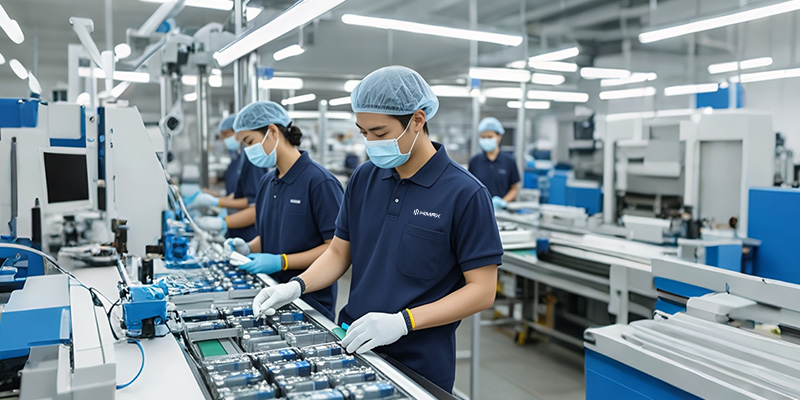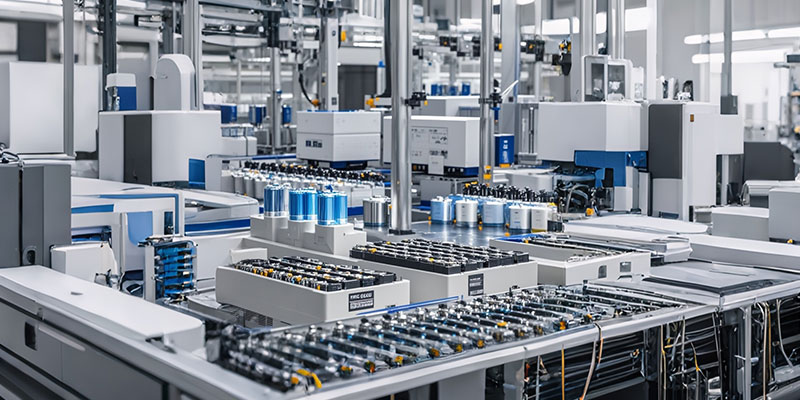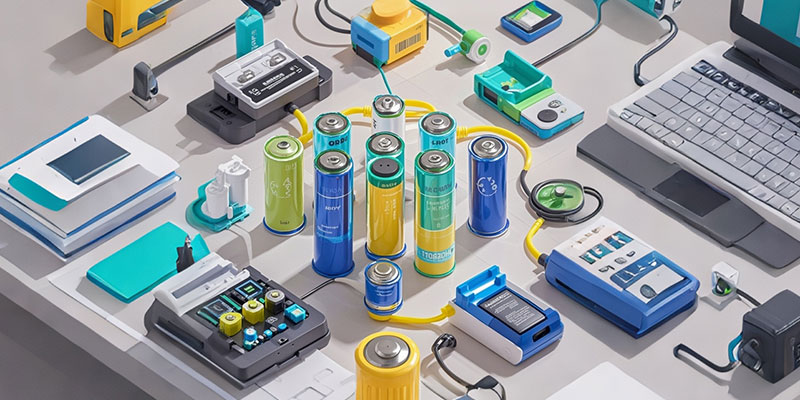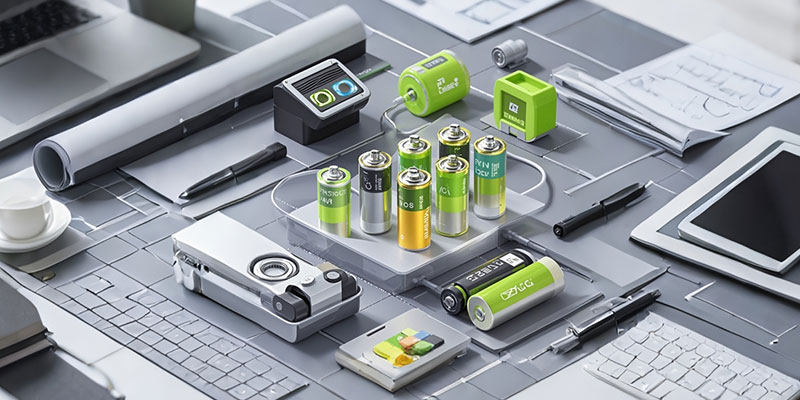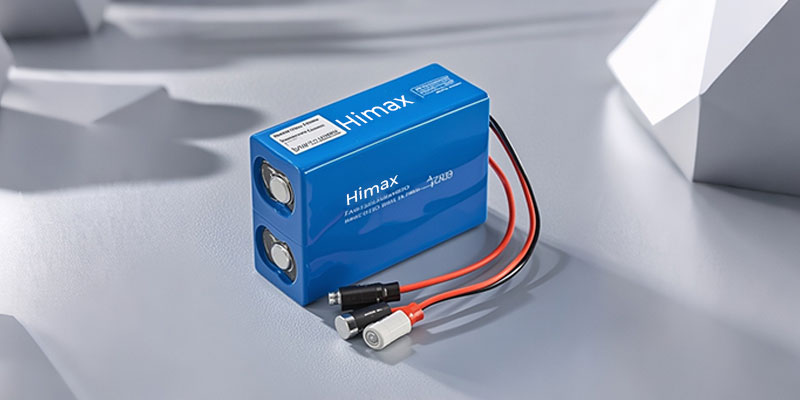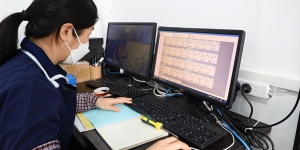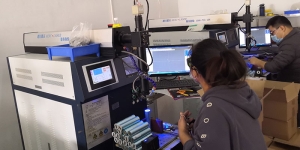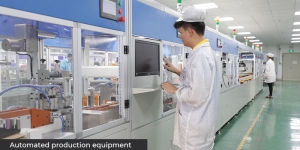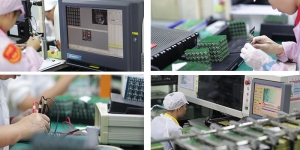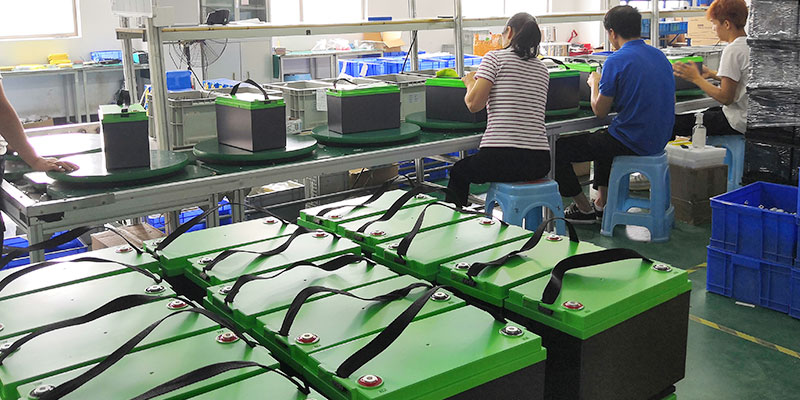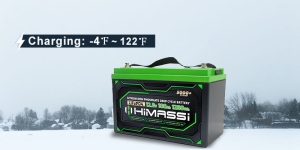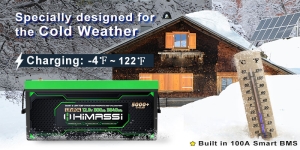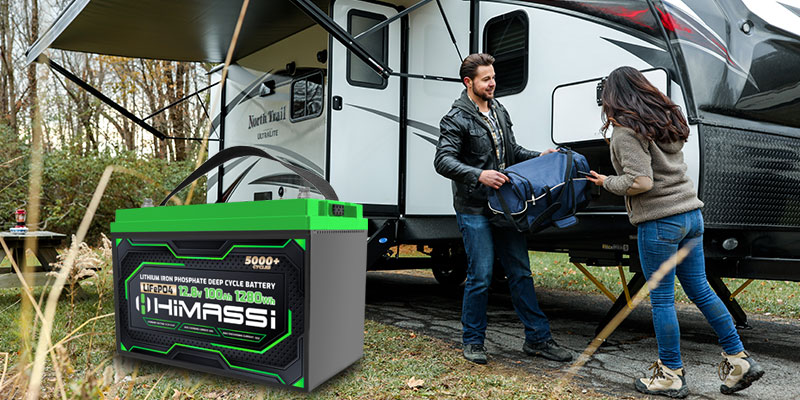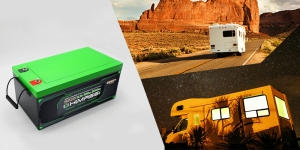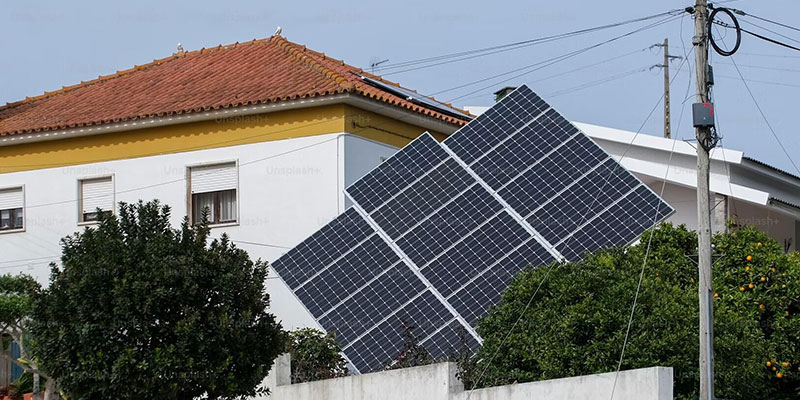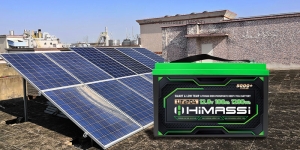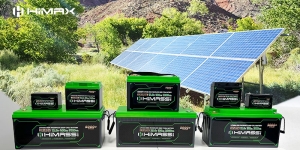Introduction
Lithium Iron Phosphate (LiFePO4) batteries have emerged as a popular and reliable choice across multiple industries due to their long lifespan, stable chemistry, and enhanced safety. These batteries are widely used in electric vehicles (EVs), renewable energy storage, industrial applications, and more. For businesses that depend on consistent and high-quality battery supplies, finding a reliable LiFePO4 battery exporter is essential.
Choosing the right exporter is not just about price; it involves evaluating factors such as product quality, technical capabilities, production capacity, and customer service. This comprehensive guide will walk you through the essential steps to finding a reliable LiFePO4 battery exporter for your business, ensuring you make informed decisions that lead to long-term success.
- Exporter Qualifications and Certifications
One of the first steps in evaluating a potential LiFePO4 battery exporter is verifying their qualifications and certifications. Batteries used in critical applications such as EVs, renewable energy storage, or industrial equipment must meet stringent safety and performance standards. These certifications demonstrate that the exporter adheres to high-quality manufacturing processes and complies with international safety regulations.
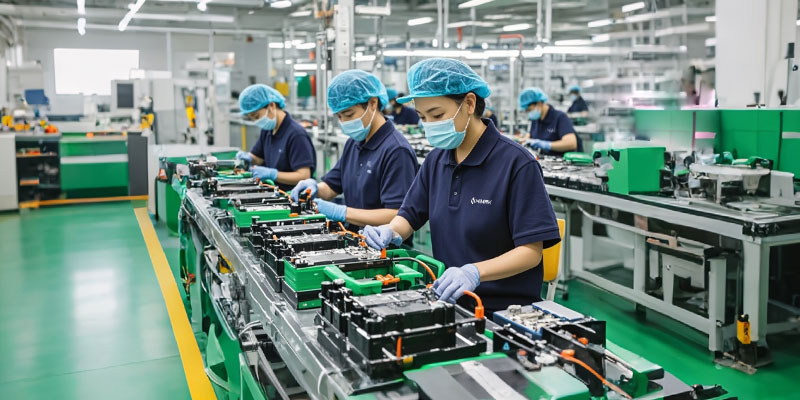
Key Certifications to Look For:
- ISO 9001:This standard ensures that the exporter has a well-established quality management system, which is crucial for maintaining consistency and quality in battery production.
- UN 38.3:This certification is essential for batteries transported by air. It ensures the battery meets safety standards for transport and has passed rigorous testing for thermal stability, vibration, and shock resistance.
- CE Certification:For businesses operating in Europe, CE certification ensures the battery complies with the European Union’s safety, health, and environmental requirements.
- UL Certification:In North America, UL certification is critical as it ensures batteries meet safety standards for a range of applications, from consumer electronics to industrial energy storage.
Importance of Compliance: Exporters who meet these certification requirements will ensure that your batteries are not only high-quality but also compliant with regional regulations. Non-compliant batteries can lead to regulatory issues, fines, and shipping delays, so it is important to select a vendor with all the necessary certifications.
- Evaluating Product Quality and Technical Capabilities
Ensuring that the exporter you choose delivers high-quality LiFePO4 batteries is crucial to the success of your business. Poor-quality batteries can result in device failure, safety risks, and frequent replacements, which in turn leads to increased operational costs. Therefore, thoroughly evaluating the product quality offered by the exporter is a key step.
Key Factors to Consider in Battery Quality:
- Battery Lifespan:LiFePO4 batteries are known for their long lifespan, often lasting up to 10 years or more. Assess the durability of the exporter’s batteries and whether they offer competitive cycle life, meaning how many charge-discharge cycles the battery can endure before its capacity begins to degrade.
- Energy Density:While LiFePO4 batteries generally have a lower energy density than other lithium-ion chemistries, a well-made LiFePO4 battery can still offer high energy storage in a compact form. This is important for applications where space is limited but high power is required.
- Safety Features:LiFePO4 batteries are valued for their stability and lower risk of thermal runaway compared to other chemistries. Make sure the exporter’s batteries are equipped with necessary safety features like protection against overcharging, short-circuiting, and overheating.
Technical Capabilities:
- Customization Options:Depending on your specific business needs, you may require customized battery solutions. A reliable exporter should offer flexibility in product design, whether it involves adjusting battery size, capacity, or voltage to suit your application.
- Research and Development (R&D):Assess whether the exporter has a dedicated R&D team that continuously improves battery technology. Exporters with strong technical capabilities can offer innovative solutions tailored to the evolving needs of your business.
Evaluating these aspects ensures that the batteries you purchase are of the highest quality and suitable for your particular use cases.
- Production Capacity and Supply Chain Reliability
Another important consideration when choosing a LiFePO4 battery exporter is their production capacity and the reliability of their supply chain. Businesses need to work with exporters who can meet demand consistently, especially if your operations require large or regular shipments.
Assessing Production Capacity:
- Manufacturing Scale:Can the exporter scale their production to meet your business’s growing needs? Whether you require a small or large volume of batteries, it’s important to select an exporter with the capacity to expand production if necessary.
- Automation and Efficiency:Look for exporters that employ advanced manufacturing technologies, such as automation and high-efficiency production processes. These capabilities ensure higher product consistency and allow the exporter to meet demand faster.
Supply Chain Management:
- Global Distribution Networks:An exporter with a robust global distribution network can help ensure timely deliveries and reduce the risk of delays. This is especially important for businesses that operate across multiple countries or need regular shipments.
- Supply Chain Diversification:Check whether the exporter has diversified their supply chain. This can help protect against disruptions caused by political instability, trade restrictions, or pandemics. An exporter with access to multiple sources of raw materials and manufacturing locations is more likely to offer uninterrupted supply.
Working with an exporter that can meet your production needs without delays will ensure your business continues to operate smoothly and efficiently.
- Pricing and Cost-Effectiveness
When selecting a LiFePO4 battery exporter, balancing cost and quality is crucial. While it’s tempting to choose the lowest-cost option, poor-quality batteries may result in higher long-term costs due to frequent replacements or malfunctions. It’s important to consider both the upfront cost and the total cost of ownership when evaluating an exporter’s pricing.
Key Pricing Factors:
- Bulk Pricing and Discounts:Many exporters offer discounts for bulk orders. If your business requires a high volume of batteries, ask the exporter if they provide tiered pricing or bulk order discounts.
- Long-Term Contracts:Entering into long-term contracts with a reliable exporter can often result in lower per-unit costs and price stability. Consider negotiating long-term supply agreements to lock in pricing and ensure supply consistency.
Total Cost of Ownership: When comparing exporters, don’t just focus on the initial purchase price. Consider factors like battery lifespan, energy efficiency, and potential maintenance costs. Batteries that last longer and require less maintenance will save your business money in the long run.
- Exporter’s Industry Experience and Reputation
An exporter’s experience and reputation in the industry can provide valuable insight into their reliability and expertise. Choosing a well-established exporter with a proven track record can help ensure that you’re working with a knowledgeable partner who understands your business’s needs.
Industry Experience:
- Years of Operation:Consider how long the exporter has been in the LiFePO4 battery industry. Exporters with many years of experience are more likely to have refined their production processes and developed strong relationships with raw material suppliers.
- Industry Specialization:Some exporters specialize in specific markets, such as EV batteries, renewable energy storage, or industrial applications. Partnering with an exporter that specializes in your industry can lead to better product solutions and support.
Reputation and Reviews:
- Customer Testimonials:Look for testimonials or reviews from other businesses that have worked with the exporter. Positive reviews can indicate that the exporter is reliable and provides high-quality products and services.
- Case Studies:Many exporters publish case studies showcasing successful projects. Reviewing these case studies can provide insight into how the exporter has solved challenges for other clients and how their products perform in real-world applications.
Choosing an exporter with a strong reputation and industry expertise ensures that you’re working with a reliable partner who can support your business’s growth.
- Post-Sales Service and Support
Excellent post-sales support is critical when dealing with complex products like LiFePO4 batteries. Even the best batteries may occasionally require maintenance, troubleshooting, or technical assistance. Ensuring that the exporter offers strong post-sales support will give you peace of mind, knowing that help is available when you need it.
Post-Sales Services to Consider:
- Technical Support:Does the exporter offer technical support to help you resolve any issues that arise after purchase? A reliable exporter will have a dedicated support team available to answer your questions and assist with troubleshooting.
- Warranty and Return Policies:A solid warranty policy is a sign that the exporter stands behind their products. Make sure the exporter offers a reasonable warranty period and clear terms for returns or replacements.
- Global Support Network:If your business operates internationally, choose an exporter with a global support network. This ensures that you can receive prompt assistance, no matter where your business is located.
Having access to responsive and knowledgeable support can minimize downtime and ensure that your products continue to perform as expected.
Himax Electronics’ Advantage
At Himax Electronics, we take pride in being a trusted leader in the LiFePO4 battery industry. With years of experience and a commitment to quality, Himax Electronics offers high-performance battery solutions that meet the diverse needs of businesses around the world.
Our products are designed with longevity, safety, and efficiency in mind, ensuring that your business benefits from reliable power solutions. Whether you require customized battery designs, large-scale production, or technical support, Himax Electronics has the expertise and resources to meet your requirements.
We are fully compliant with international standards, including ISO 9001, UN 38.3, CE, and UL certifications, guaranteeing the highest levels of safety and quality. Our global supply chain network ensures timely delivery, and our dedicated support team is always available to assist with any questions or concerns.
Partner with Himax Electronics and experience the difference of working with a reliable, industry-leading exporter who can help your business thrive.
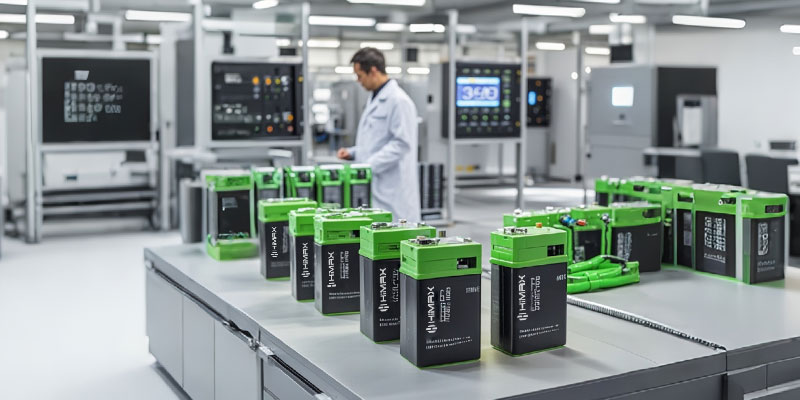
Conclusion
Finding a reliable LiFePO4 battery exporter is crucial for businesses that rely on high-quality, long-lasting batteries. By evaluating an exporter’s qualifications, product quality, technical capabilities, production capacity, pricing, industry experience, and post-sales support, you can ensure that you’re choosing the best partner for your business needs.
As you navigate the complex world of LiFePO4 battery exporters, remember that price is only one factor. A reliable exporter who provides consistent quality, meets deadlines, and offers strong support will be a valuable long-term partner in the success of your business

